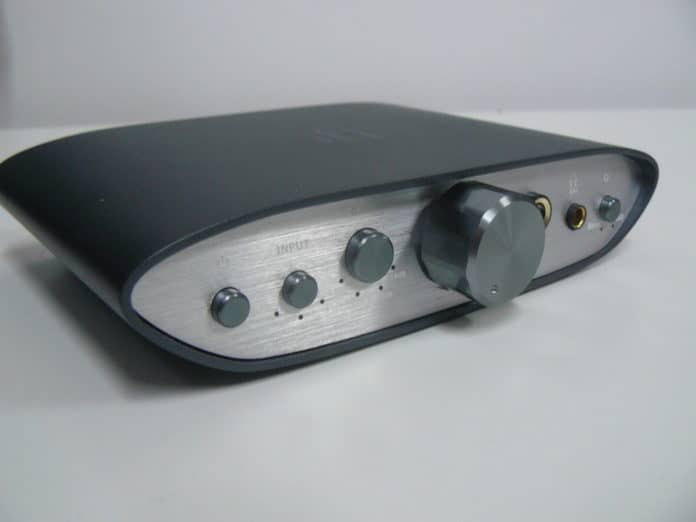iFi has made quite the name for themselves within the sphere of quality headphone amplifiers and DACs. iFi is most likely the first name to come up when pondering on a go-to amp/DAC. Recently they’ve released the ZEN CAN, a follow up to the popular ZEN DAC. However, the ZEN CAN isn’t a hybrid of any kind. Instead, it’s as pure as a headphone amp can come. With iFi’s modern design principles, can they push the amp game any further?
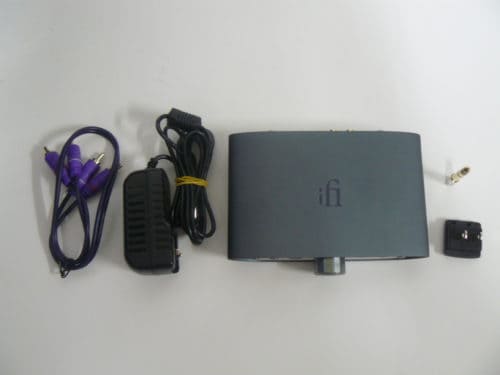
What You Get
If you’re familiar with the style of the ZEN DAC then the CAN won’t surprise you. The amp itself is smaller than I remember the DAC being, but they are actually the same size. The CAN keeps the compact, enlarged whisky flask look other iFi products have, with the round volume dial acting as its cap. It’s a nice modern look compared to most headphone amps, with their bulky, heavier builds. The Can is easy to carry around, only weighing a little more than a pound, and looks great on a shelf. To the side of the ZEN CAN are a few other accessories important to the amps use, the first being the DC 5V power brick with attachable prongs. The last items included with the ZEN CAN are an included quarter-inch adapter and an RCA to RCA cable. I ended up using a separate RCA to 3.5mm connector, as I used both the Astell and Kern KANN and a PC running Tidal for this review.
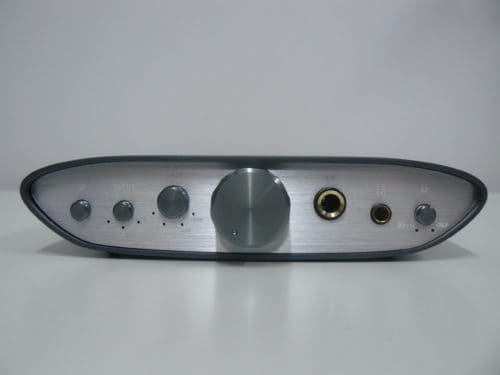
Features
On the outside, the minimalistic approach of the CAN is as elegant as ever. On the face of the device are a few different key features. Next to the power button is a selection of different input gains: 0dB, 6dB, 12dB, and 16dB. Next to that is the volume dial, which is smooth and responsive. Then you have your quarter-inch headphone input, which is the source I mainly tested for this review, but the CAN also offer a 4.4mm balanced input right next to it. The last two additions are iFi’s staple XBass and 3D switches. The XBass uses an EQ circuit that aims to significantly boost the bass of any headphone, which works to varying effects. The same goes for 3D Holographic, which either harms some of the fidelity or greatly expands the immersive quality of your headphones. It’s not going to feel as natural as say an open-back headphone like the SIVGA Phoenix I used to test the ZEN CAN, but certain genres do get a noticeable lift from the 3D option.
The rear of the device supports a variety of ports. Here you’ll find the 5V connector to the power supply, as well as a 4.4mm balanced out. Then you have your L/R RCA inputs, single-ended 3.5mm, and 4.4mm balanced inputs.
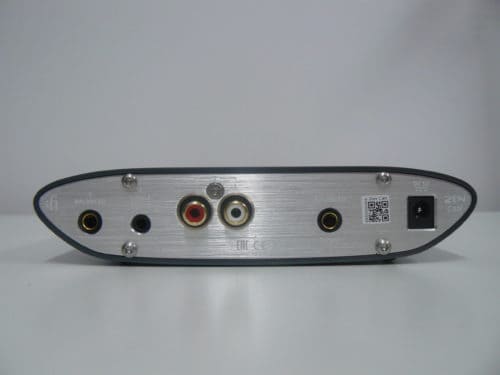
Design
Inside the CAN is a plethora of ingredients that make up this complex device. The circuitry is a balanced Class A which has the potential for 15v at 300 Ohms, a minimized version borrowed from iFi’s top flagship models. Two different inputs are used to balance this system, FET, and SE. The FET inputs help to filter any low distortion or noise, while the SE inputs assure the signal is always in Class A shape. The CAN’s balanced circuitry is mixed with an active EQ system that uses Panasonic ECPU, and TDK Class 1 ceramic capacitors, as well as MELF resistors. I believe one of the most notable components to this device is the TOCOS, multi-track potentiometer, which implements exceptional channel matching to create a more colorful stage.
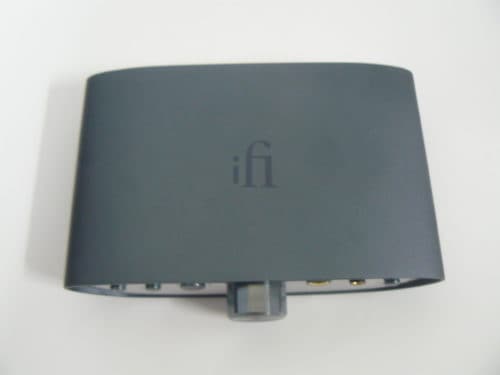
Output
The goal of the ZEN CAN is to have the perfect amp for a laptop. The CAN offer a max output power of 1,600W, which is more than enough for your laptops 30mW potential. I found that the 6dB input option on the ZEN CAN to be the nominal amplitude to ideal run at, as I felt I could get the cleanest signal when boosting the dial right to the middle. On the KANN, I found myself boosting to 12dB, and that’s with a low impedance headphone driver.

Soundstage
Things get pretty tricky with how the ZEN CAN handles its image reproduction. I used the open-back SIVGA Phoenix and the Ultrasone ED15 for most of my testing, and I found the Phoenix to be the most ideal stage when paired with the CAN. The open-back, expansive stage of the Pheonix is replicated with accuracy, as the 3D Holographic switch actually improves some tracks, that it didn’t feel natural switching back. Live albums like Nirvana’s MTV Unplugged In New York put you right in the center of the performance, as the audience sounds mix naturally with the music. Other albums like Cliff Martinez’s score for “Solaris” benefit from the extra feeling of spaciousness, as instrumentals float around you and replicate the atmospheric intent of the score.
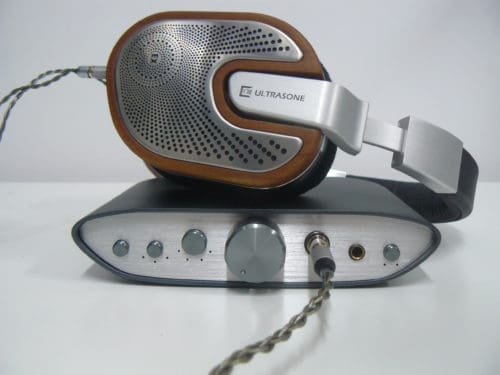
The Ultrasone ED15 had a much more standard experience. Not to knock the stage of the ED15, it’s actually brilliantly immersive in its own right, but the CAN doesn’t add much to the spaciousness with its 3D Holographic feature. However, the image is still reproduced very well in the ED15, as sounds have more precise placement and air filling the gaps between space. Listening to Brian Eno’s “Music for Films” showed an exquisite amount of depth in the sound field, as different instruments and synthesized notes faded in and out with grace. It’s not the wrap around you head immersion that an open-back pairing will give you, but with the right headphone like the ED15, the image is as clear and accurate as ever.
XBass
Most of what makes the ZEN CAN unique in this range is its XBass abilities, which vary from headphone to headphone. The ED15 showed a very impactful response when listening to tracks like “Music is Math” by Boards of Canada, and “Nighthawks” by The Midnight, where synth bass instrumentals felt deeper and more resonant with XBass. When switching off the XBass, I felt like the sound was missing something, which was a feeling that took a bit of time to get used to. The boost added some ample gain, but it more importantly improved the overall resonance while keeping the image separation intact. The Pheonix showed the same grace, but the difference was in the expansion of that bass resonance, which was naturally more suited for an open-back.
Summary
iFi has outdone themselves with the ZEN CAN. It’s just the perfect litter device for a laptop or desktop. The CAN has proven itself as the go-to machine for a computer to headphone amplification, even if it may not supply enough power for higher resistant models. However, combining the CAN with the ZEN DAC is a powerhouse of a pairing that is unmatched. For only $169, this is a must by for any laptop.
Pros and Cons
Pros: Powerful amplification, Price, Soundstage reproduction
Cons: Not sufficient with high impedance headphones
iFi ZEN CAN is available at Audio 46
MAJORHIFI may get a commission from retail offers.
Compare the ranking of various headphones, earbuds and in-ear monitors using our tools.
Discuss this, and much more, over on our forum.
---MAJORHIFI may receive commissions from retail offers.


